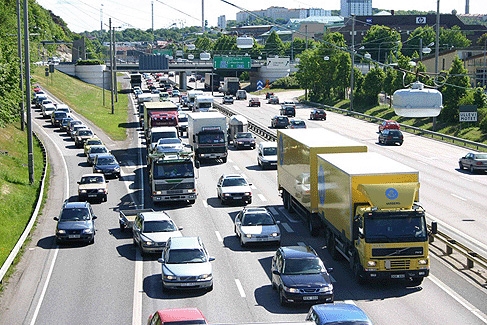Tailgating insights untangle torment of phantom traffic jams
Researchers from MIT’s Computer Science and Artificial Intelligence Laboratory (CSAIL) believe there would be fewer phantom traffic jams if motorists stopped tailgating.


Specifically, the team argues that if motorists kept an equal distance between the cars in front of and behind - an approach that MIT professor Berthold Horn describes as “bilateral control” – then journey times would improve thanks to fewer phantom traffic jams, which occur for no obvious reason.
“We humans tend to view the world in terms of what’s ahead of us, both literally and conceptually, so it might seem counter-intuitive to look backwards,” said Horn, who co-authored a paper on the subject of traffic congestion with postdoctoral associate Liang Wang. “But driving like this could have a dramatic effect in reducing travel time and fuel consumption without having to build more roads or make other changes to infrastructure.”
According to MIT, Horn understands that drivers themselves are unlikely to change their forward-looking ways anytime soon, so he suggests that car companies update their adaptive cruise-control systems and add sensors to both their front and rear bumpers.
Register now to continue reading
Thanks for visiting The Engineer. You’ve now reached your monthly limit of news stories. Register for free to unlock unlimited access to all of our news coverage, as well as premium content including opinion, in-depth features and special reports.
Benefits of registering
-
In-depth insights and coverage of key emerging trends
-
Unrestricted access to special reports throughout the year
-
Daily technology news delivered straight to your inbox










National Gas receives funding to develop Gravitricity underground hydrogen storage system
One single rock salt mine - Winsford - has 23 <i>MILLION </i>cubic metres of void and even allowing for 10% of that void set aside for hazardous waste...